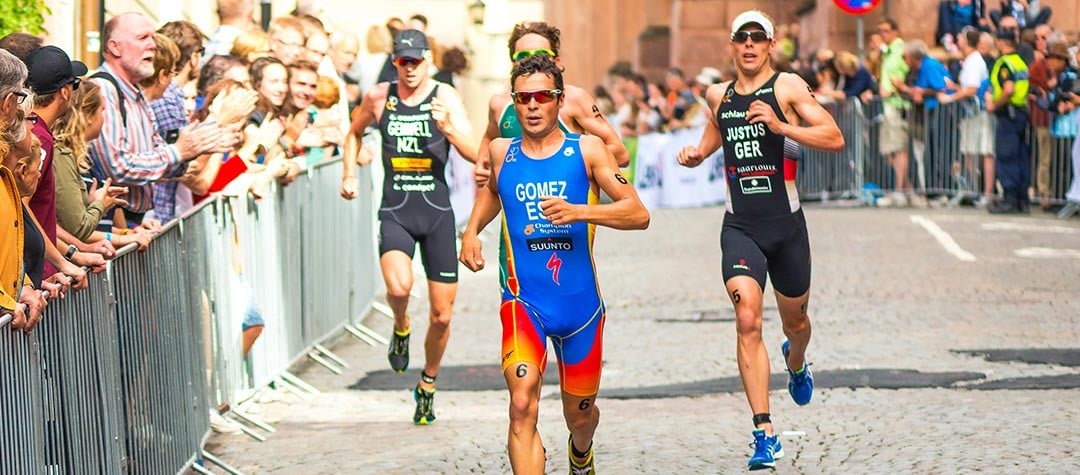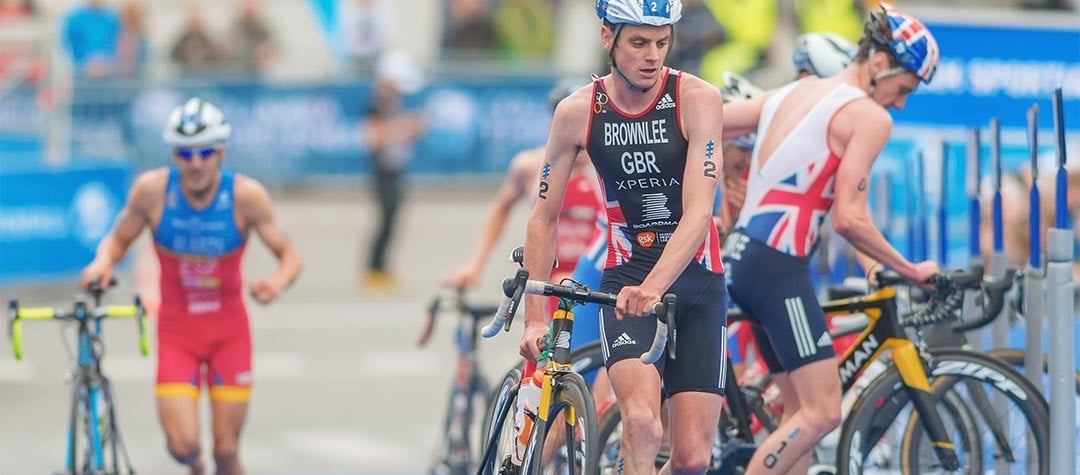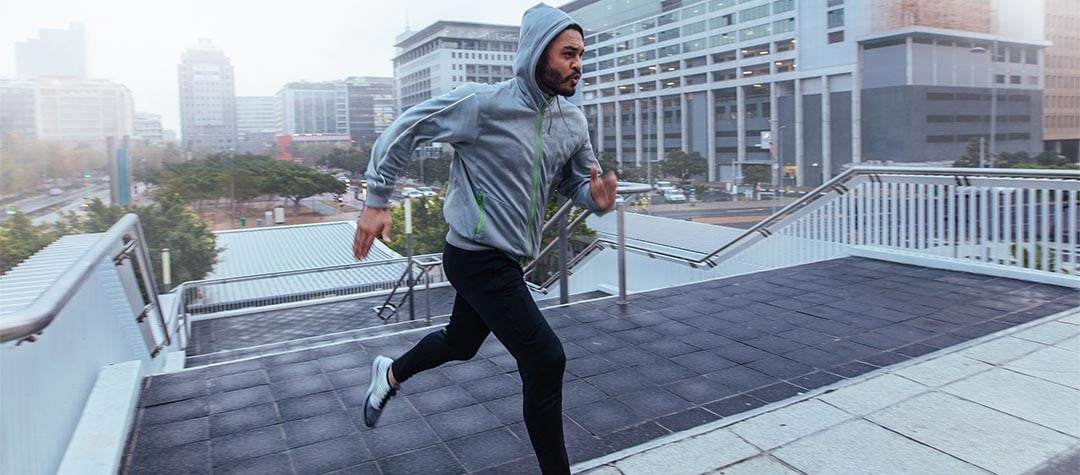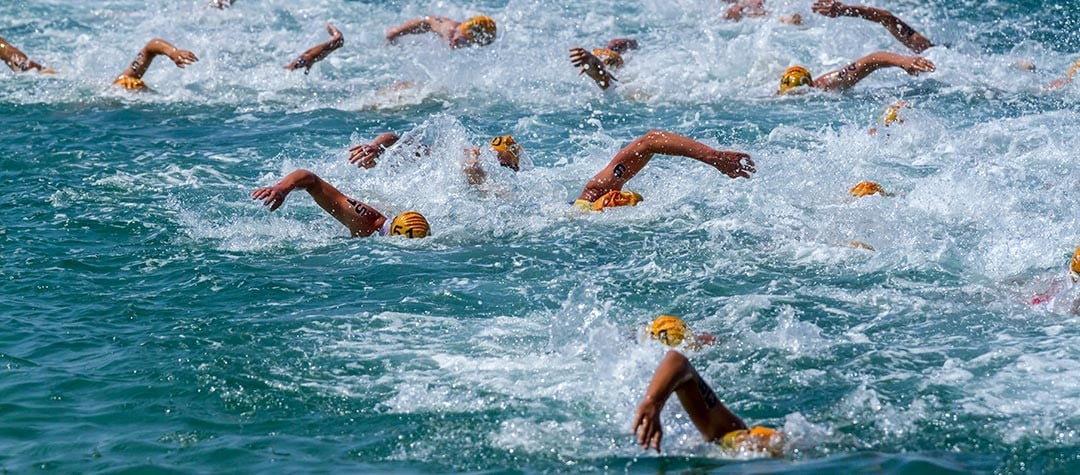Tips and tactics for triathletes to ensure that your get the max from your event.
Triathlon success isn’t all about pure physical grit and determination. It’s also about getting your tactics spot in, so your performance is the best it can be.
Your triathlon is normally always going to be a long race, with races lasting anywhere from a one hour ‘sprint’ all the way up to Ironman events where you could be out there for over 15 hours. This means there are endless things that can go wrong for you but if you’re smart, there are plenty of ways to save time and energy and contribute towards your perfect race.
Course recon
A full course recon is a great place to start. I’d always advise driving, or even better, ride the course so you know what’s in store for you.
By doing this it will become obvious which parts of the course you’ll have to tough it out on. Use this to find out where the long climbs are, which parts of the course you can have an easier time on, and any dangerous sections or parts that will make you rethink your tactics or equipment choices.
Pacing and strategy
Pacing will always be an important factor in any race. Once you know the course you’ll have more of an idea of how to strategically pace yourself to go the distance and keep your pace consistently strong.
You should already have an idea from your training and past experience what is too hard for you and what is too easy just from feel. But you can also enlist the help of training tools like power meters and heart rate monitors which can also help massively.
It’s always best to aim for an even split race or a negative split if you can manage it.
I think it’s always best to aim for an even split race or a negative split if you can manage it. This means the back half of the race is as strong as the first half, especially as you attempt longer distances.
That being said, you need to actually be in the race, so the higher level you wish to perform at, the more occasions you will have to be willing to dip into the red and go with the pace of others. It’s called racing, essentially!
You have to know yourself and know your body, that’s why experience counts for so much in the sport. You have to know how many matches you can burn before you can’t go any more but as a general rule, if you are in oxygen debt too often, you’re going too hard and you will pay for it.
Keep to your plan, eat and drink when you need to and use your knowledge of the course to make up time or recover as you need. For instance there is no point in going so hard up a hard climb that it means that on the other side you’re so dead, you can’t push just as hard in the aerodynamic position. It will mean that everyone you just spent so much energy dropping will be right back with you!
Beating your opponent
It’s great to be able to beat your opponent by simply being stronger physically or by making a plan to beat them that works to your strengths (not theirs) and executing that plan perfectly. But it’s even more fun if you beat your rival and race beyond your level just by getting in their head.
If you’re the weaker of the two of you, a good proper attack will always place doubt in their head. No matter how you look or how often it happens to you if someone comes past you going 4/5kph faster, then you’ll always make them doubt themselves!
Pick your moments when the pace slows down a bit and you're feeling recovered, give yourself some space to gather momentum and sprint past them going as hard as you can, so you pass them at speed and put a gap between you quickly.
That initial gap is important so make sure they can’t get into your draft, but keep the pace high for the next minute or so, so they think it’s not just a short meaningless attack. If you do it, you have to commit to it. It also works brilliantly about 400m out from the finish line as it’s so close but still so far and if you’re got at that stage in the race, then everyone is as tired as each other!
I often count back 400m from the finish line in my recon so when I hit that point in a race I know it’s just another lap of the track. That is something I do every week so it’s easier on the head to get on your toes and give it everything.
Picture credit - Natursports / Shutterstock.com














